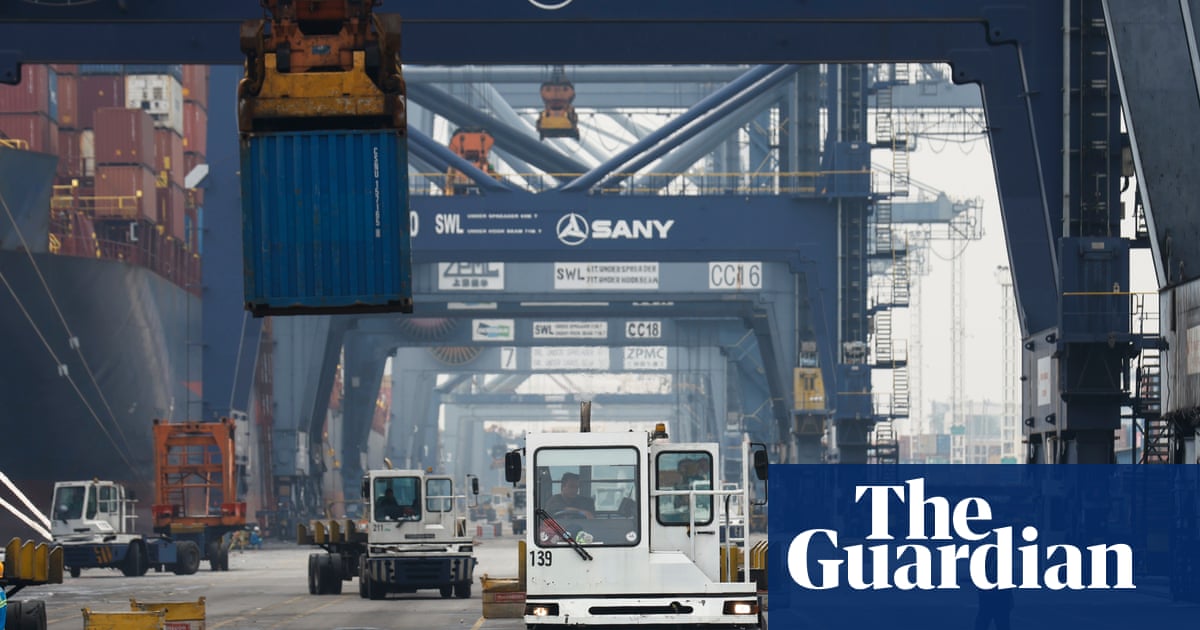Trump’s Trade Pact with Indonesia: An Overview
A New Deal in the Works
U.S. President Donald Trump recently announced a trade agreement with Indonesia, aimed at fostering stronger economic ties and easing the implementation of tariffs. This deal includes notable purchase commitments from Indonesia, designed to circumvent the 32% tariff that Trump previously threatened. On his Truth Social platform, he confirmed a more favorable 19% rate for Indonesian goods entering the United States.
Significant Purchase Commitments
As part of the deal, Indonesia has pledged to purchase a substantial $15 billion worth of U.S. energy resources, alongside $4.5 billion in agricultural products and the acquisition of 50 Boeing jets, a significant portion of which will be 777 models. While this announcement paints an optimistic picture for U.S. exporters, it’s worth noting that Boeing shares dipped by 0.2% after the news broke, raising questions about market confidence.
Trade Dynamics Between the U.S. and Indonesia
While Indonesia’s total trade volume with the United States was just under $40 billion in 2024, it does not appear in the top 15 trading partners for the U.S. Nevertheless, trade between the two nations has been on an upward trajectory, with U.S. exports to Indonesia increasing by 3.7% last year. Conversely, imports from Indonesia have risen by 4.8%, resulting in a trade deficit of nearly $18 billion for the U.S.
Pressure for Progress on Trade Deals
The Trump administration has faced considerable pressure to finalize trade agreements, especially after promising a wave of new deals. Countries, including Indonesia, have sought negotiations to avoid the looming threat of rising tariffs under the Trump administration’s policies. So far, Trump has also unveiled agreements with Britain and Vietnam, alongside a temporary arrangement to lower tariffs with China.
The Tariff Threat and its Aftermath
Just one week prior to this announcement, Trump had reiterated his intention to impose a 32% tariff on Indonesian goods, set to take effect in early August. However, in light of the new agreement, the timeline for the reduced tariff remains unclear. Details about the period over which Indonesia will make the specified purchases have also yet to be disclosed.
Communication with Indonesian Leadership
The recent trade pact was reportedly finalized after discussions between Trump and Indonesian President Prabowo Subianto. In a bid to fortify the agreement, Trump mentioned on social media that goods transshipped to evade higher duties would incur steeper tariffs, signaling a stricter enforcement of trade regulations.
Future Trade Prospects
In addition to the deal with Indonesia, Trump hinted at upcoming agreements, including potential collaborations with India. Talks with the European Union are also ongoing, suggesting that the Trump administration is keen on solidifying multiple trade relationships as part of a broader economic strategy.
Background on Tariff Impositions
Earlier this year, Trump had imposed a blanket 10% tariff on goods from nearly all U.S. trading partners, with plans to incrementally increase this rate over time. Although pressures from various industries and trading partners have led to delays in the enactment of these tariffs, Trump has been proactive in communicating tariff levels through letters sent to more than 20 trading partners, including the EU, Japan, South Korea, and Malaysia.
The Rationale Behind Trump’s Trade Policy
The Trump administration has justified these tariff impositions as necessary to confront what it perceives as unfair trade practices that disadvantage U.S. businesses. By establishing these agreements and negotiating lower tariffs, the administration hopes to strike a balance that benefits American industries while still engaging deeply with foreign markets.
This ongoing economic negotiation with Indonesia marks another chapter in Trump’s trade policy saga, drawing attention to his administration’s approach to international trade relations in a rapidly changing global landscape.


